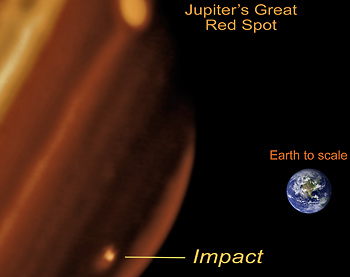
The following colloquium is free and open to all.
Dr. Chris Fassnacht, UC Davis, will present his lecture, “Measuring the Universe with Gravitational Lenses” on Thursday, February 11, 2010, at 4pm in Mendocino Hall 1015, Sacramento State University. This lecture is free and open to the public.
Chris Fassnacht received his AB degree from Harvard College and immediately afterward joined the Peace Corps, where he served as a secondary school math and science teacher in Ghana, West Africa. After returning, he received a PhD from Caltech. He held postdoctoral fellowships at the National Radio Astronomy Observatory in Socorro, NM and the Space Telescope Science Institute in Baltimore, MD. He is currently an associate professor in the physics department at UC Davis, where he has been for the last seven years.
Prof. Fassnacht’s research involves using gravitational lenses to measure the rate at which the Universe is expanding and how galaxies such as the Milky Way are assembled.
Physics & Astronomy Colloquium
Location: Mendocino Hall 1015<http://www.csus.edu/campusmap/index.html>
Thursday, February 11, 2010
4:00 PM – 5:20 PM
Title Url: http://www.csus.edu/physics/events/colloquia.stm
Department: Physics & Astronomy
Contact: Heidi Yamazaki
yamazaki@csus.edu<mailto:yamazaki@csus.edu>
(916) 278-6518



